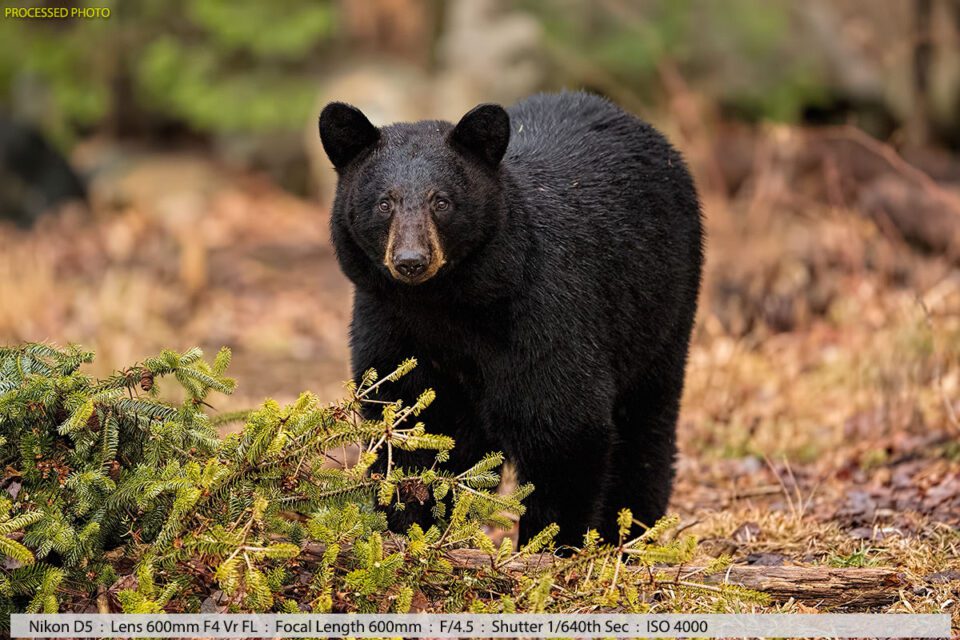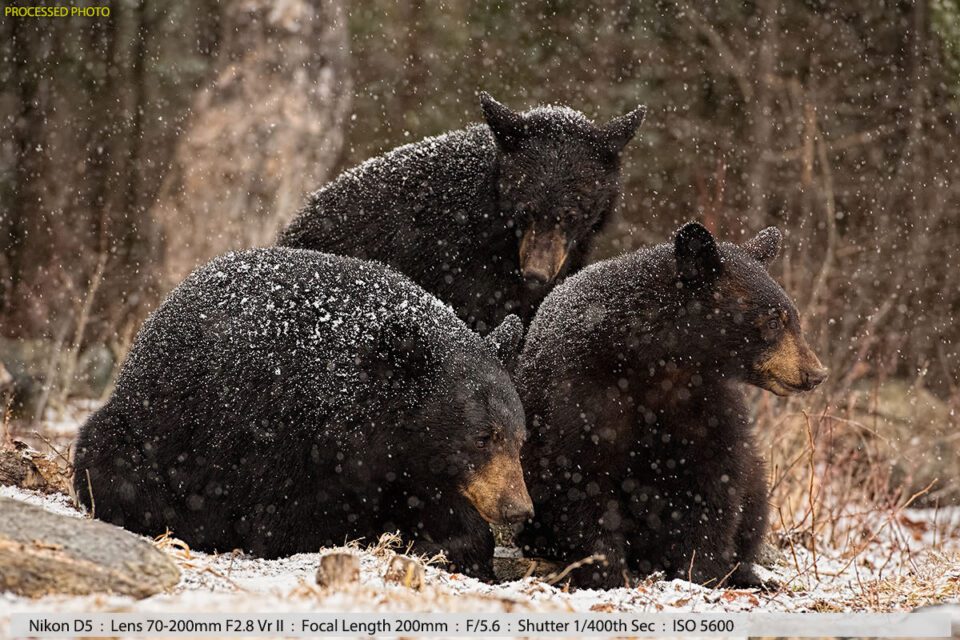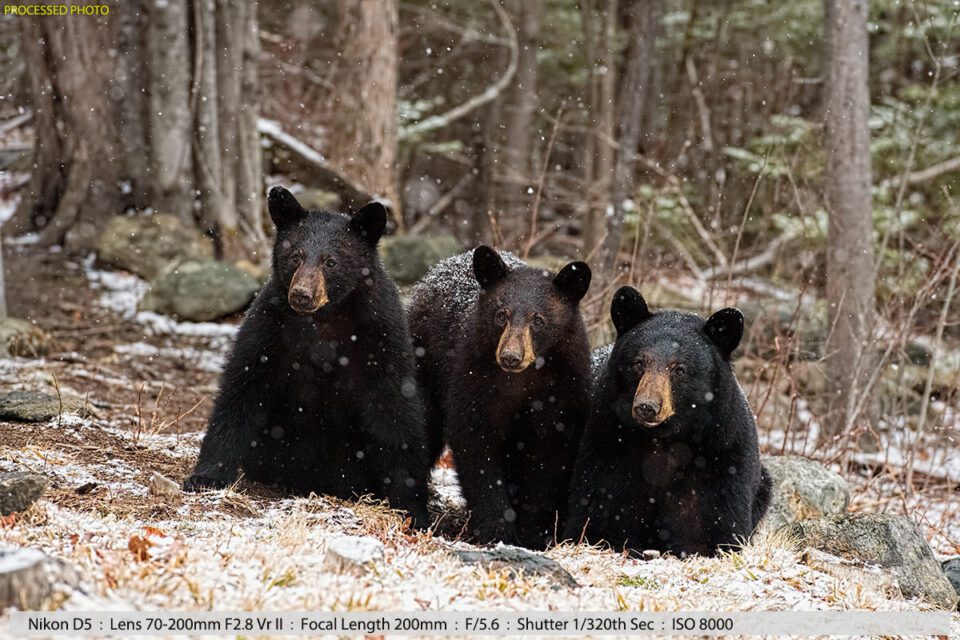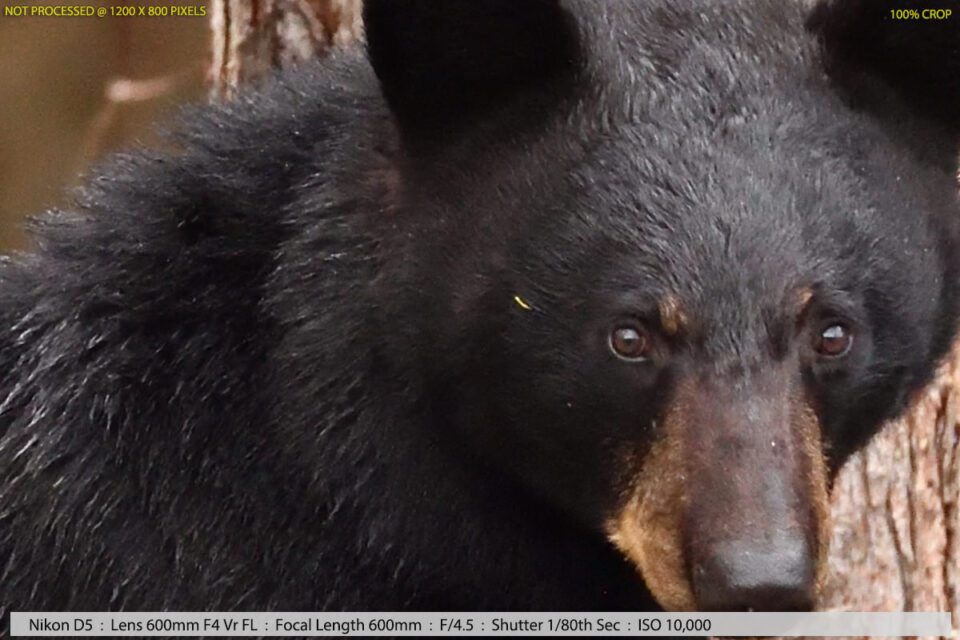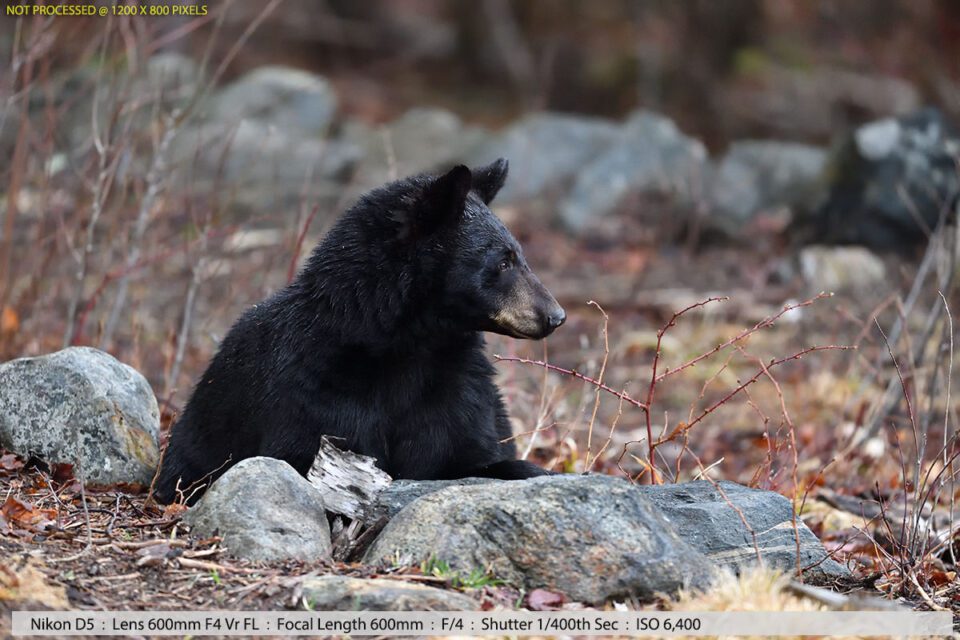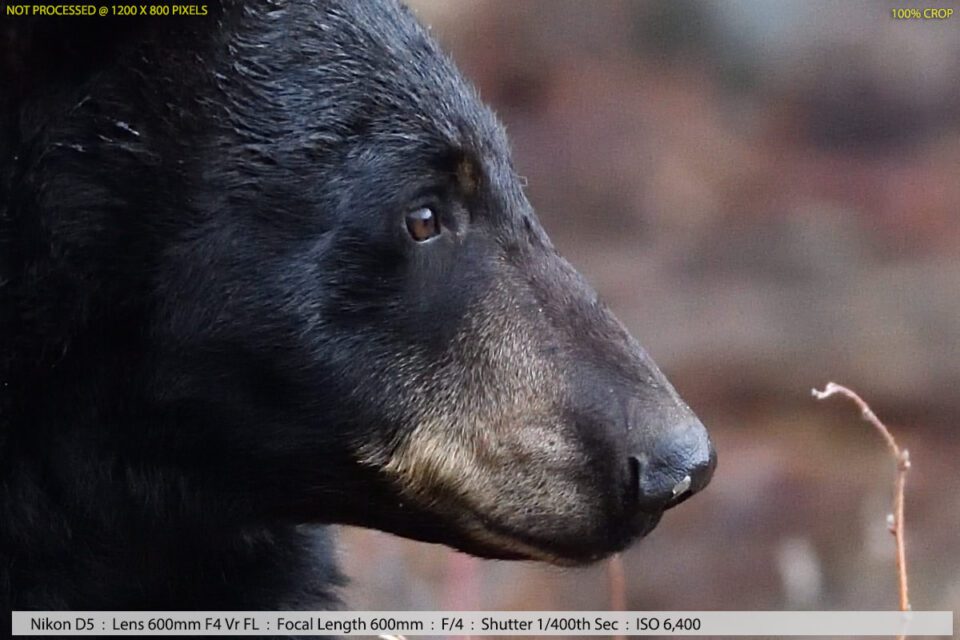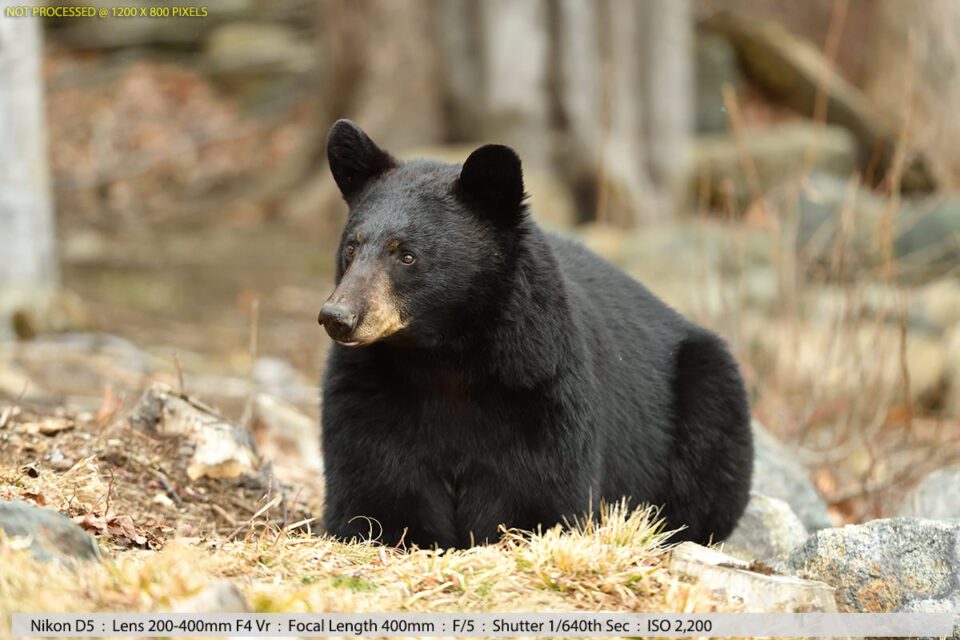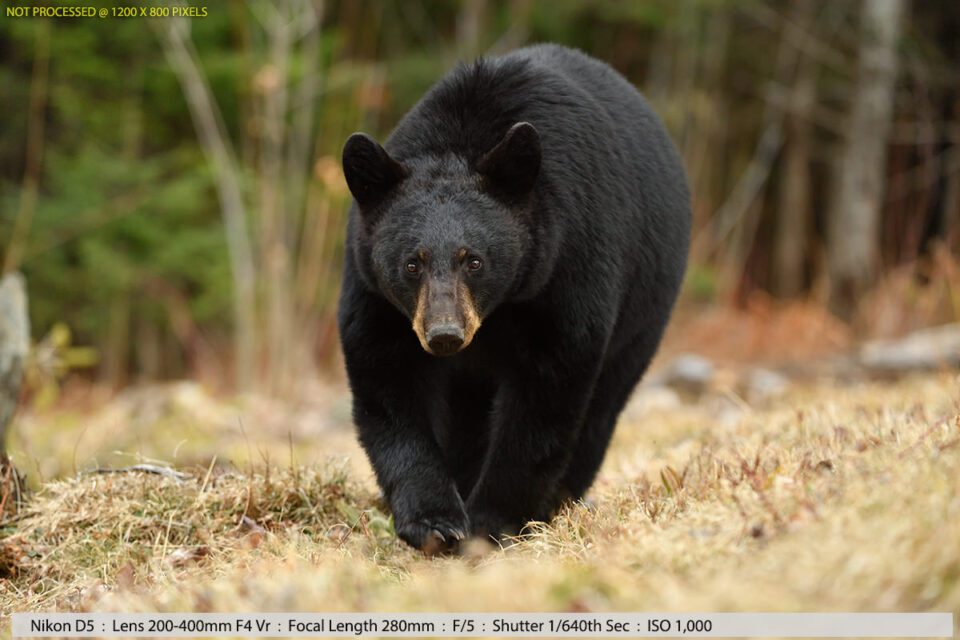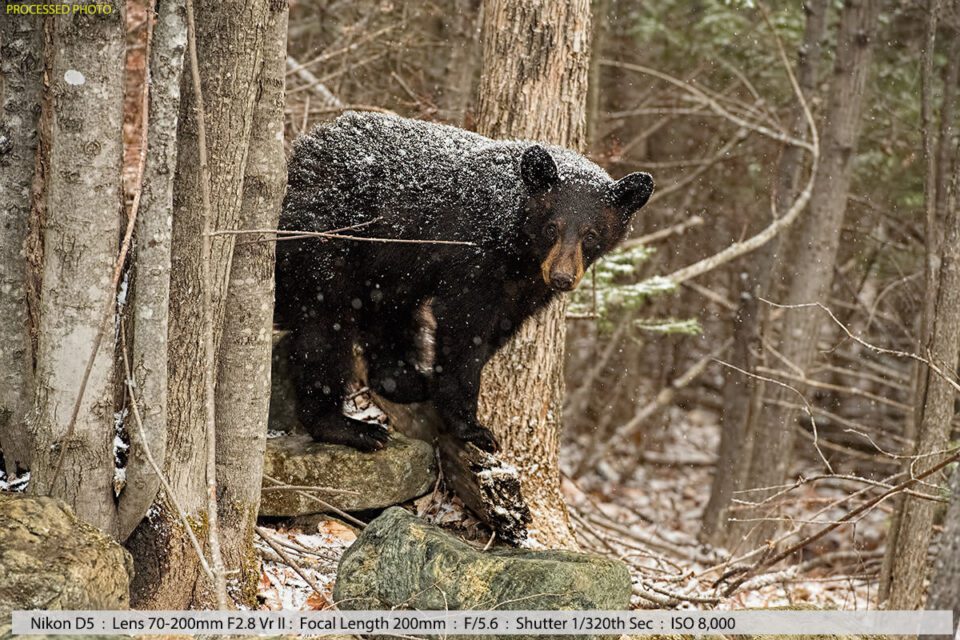I got my Nikon D5 a week and a half ago and have been itching to try it out on some real world wildlife photography, but this time of year is tough for wildlife where I live and also the weather here has been insanely difficult the last week or so. This has really hampered my chances to try and get some photos with this new camera.
Let me just say something, I love my Nikon D4s so much, it will be hard for anything to replace it in my heart. My D4s “gets me the shots” in all kinds of situations, the quality of the pixels are absolutely amazing and apart from the elusive megapixels chase (16.2 MP), I probably don’t have a good reason to seek out a new camera. So why did I buy the D5? Tough question really, one answer is that in my mind I have always wanted one, but then there will be the Nikon D500 which is looking awesome and way more affordable, why not just that camera? I mean the questions could go on and on, I thought about the D500 seriously and still do, but I am so used to where my dials are and the size and feel of a Nikon PRO body that it is really hard for me to change. I have tried it before and lost precious shots because I fumbled with the camera settings and dials on the smaller camera bodies.
So back to the “why buy the D5” question, I had a Nikon D3X a few years ago, it was a hit and miss camera, but boy, when it hit, it hit and the photos were awesome and the cropping ability was amazing, so I think my experience with the files from the D3X and the cropping ability of the D3X heavily influenced me. Also another of my most basic answers to this question would be, the new focusing features and the new technology and mega pixels of this camera might help in the ever elusive chase for better photos, not that a camera does all that, but it can help. Ultimately I had hoped that Nikon had taken my D4s, added that perfect mega pixel range for me, improved low-light high ISO capability and for an even better “no miss”, more accurate autofocusing system. I had also hoped for more focus area coverage, that was my initial hope for the D5. Did the D5 accomplish all of this, I honestly don’t know yet, it is too early to judge at the moment, as I just don’t have the experience with this camera yet to say one way or the other.
As you can see by two of the above sample photos (snow ones), the weather was difficult, but I love the photos and I don’t often see black bears in snow. These end up being mood photos, but processed nicely, they are good enough photos to print for me.
Here is a 100% view of one of the 1st processed photo in the article:
Nasim is the king of technical articles and reviews, so I am not going to attempt any of that here. What I can do is offer some first hands-on experience, thoughts and some initial (my first) real-world sample images with this camera. Now I didn’t try to push ISO’s way too high, because my wildlife opportunities are limited and I can’t afford to throw away possible keepers for an ISO exercise. So these images are actual attempts to get keeper quality photos.
Let’s take a look at some sample images without any post-processing.
Here are some sample images. They have not been adjusted in any way, just brought into Photoshop and saved as a JPEG file. Not sure if this will be an accurate reflection of the original file, as the website does some additional image processing and compression as I upload files – Nasim tells me that the image quality should not be impacted, since the images are compressed using JPEGMini.
This first photo is at 10,000 ISO, higher ISO than I have ever tried to create a keeper photo from, but as mentioned in previous articles, I have tight tolerances on what I perceive as noise in my photos. It was photographed late evening, just before dusk in very overcast setting, very dark feel to the light.
Here is the same photo at 100 percent, no processing or adjustments from the RAW file, whatsoever:
Here is a 6400 ISO image taken in what I would consider really poor lighting conditions, the sky got thick with heavy clouds at dusk making it very low shooting light:
And the above 6400 ISO image at 100 percent crop:
Below is a 2200 ISO sample image, overcast but even low light weather condition:
Here is that 2200 ISO sample image at 100 percent – untouched:
Below is a 1000 ISO sample image, again overcast but fairly even low light weather conditions:
Here is the photo at 100 percent untouched:
One of the things Nasim told me, is that I shouldn’t compare my D4s images at 100% view to the D5 images at 100% view, because of the megapixel difference. If I wanted to compare the D5 images, I should down sample to match the D4s size, for a more accurate comparison.
I have to tell you, my initial D5 images were not what I had hoped for. There was a bit of softness to the images that kind of reminded me of my D800 images, maybe this is due to the larger megapixel count, that images at that size have that look. But there are several things I have not been able to do which might void that statement – I have not had a chance (because of the weather) to fine tune my lenses for the D5, and of course this being my very first images, perhaps it just didn’t happen at that moment.
Since those first photos, I have had some better opportunities and my gut-feeling is that the Nikon D5 is going to produce stunning images and will perform remarkably well at higher ISO ranges than my D4s. I think I will be able to choose a higher ISO maximum than I had for my D4s which of course gives me more shooting opportunities. The damn thing also autofocuses with a snap like instantaneous click, its instant and could focus in almost dark-like conditions. For me (remember it is early, only 1 week with the D5), I feel there will still be a time that the D4s will take priority over the D5, and I will have a hard time explaining this statement. It has to do with the look the D4s images produces and the crispness of the edges of the eyes of the animals, maybe its a perfect marriage of pixels to sensor size, I don’t know. On the other hand, having those extra megapixels to crop on the D5 sure is nice, I could crop a horizontally framed photo into a portrait photo and still have 300 dpi for that crop. I noticed the average file size of a D5 raw NEF file was approximately 24 MB to 28 MB and it adds up when shooting at 11 frames per sec, I actually filled up a 32 GB XQD card in one short session and I will probably have to evaluate my storage needs.
This article was really just about sharing some real-world Nikon D5 images – not perfect conditions, not horrible conditions, but the kind of conditions I often find myself in when shooting some of the wildlife I like to photograph. I think more time with this beast of a camera is what is needed for me, but it is not a bad start. Wildlife doesn’t show just so I can evaluate a new camera 🙂 I wish it did – hehe.
I am going to leave you with this 8,000 ISO processed image:
Like I’ve said earlier I have a low tolerance for noise in my images and my self-imposed limits were low for the D4s compared to other photographers I know. Generally, I kept my ISO max at around 3200 occasionally going to 4000, but this D5 image at 8000 ISO is a keeper photo for me and already shows me signs of being able to increase my ISO max with the D5. This will be very helpful in low-light conditions, like being inside a forested area amongst the trees where bears live 🙂
I am sure Nasim will write a very technical and detailed articles on the D5. Take this article, as a very initial, first-hand experience with some sample photos from a D5.
Get out there and get into it – photography is an experience!
Regards,
Robert Andersen
The post Nikon D5 Preview with Sample Photos appeared first on Photography Life.

